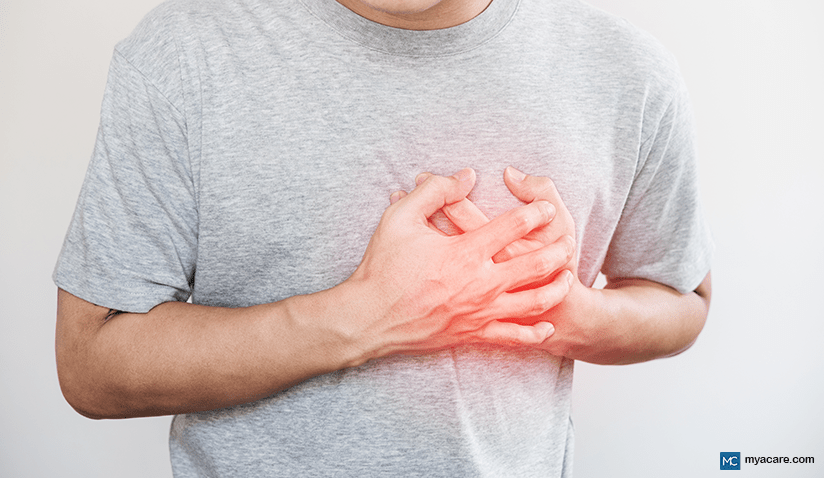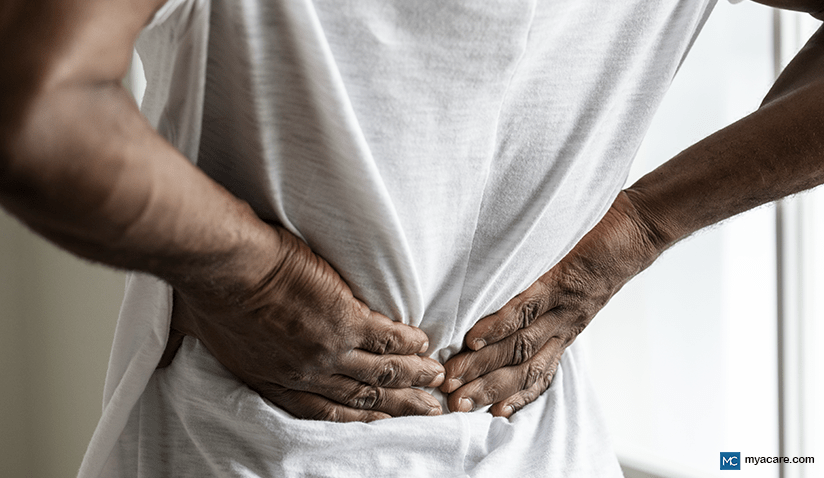WHAT TO DO IN A DENTAL EMERGENCY

Article Updated 1 August 2021
Dental emergencies such as chipped or broken teeth, wisdom tooth pain, and broken dentures require immediate attention.
There are times however, while it might take time to get to a dentist such as when you are on vacation, or in times like COVID-19 when stay at home orders are in place.
In this article, we have listed a few things one can do in a dental emergency before visiting a dentist.
However, please note that the suggested dental treatments are temporary fixes. Patients are advised to seek dental care as soon as possible.
Severe tooth pain: Tooth pain can be temporarily managed using medications (painkillers). Application of clove oil in small quantities can help reduce pain. Brushing twice daily and rinsing the mouth with lukewarm water can also help.
Toothaches can be severe during sleep due to lying position which increases the accumulation of blood towards the head, exerting more pressure on the affected area. Elevating the position of the head may help. If the tooth pain is associated with swelling then one must contact a dentist via real-time consultation, who may prescribe antibiotics. One can also apply cold packs externally on the affected side to reduce the swelling. Avoid using hot packs and eating hard or spicy food.1
Wisdom tooth pain: Infections in wisdom tooth may be caused by accumulation of food between the erupting third molar and gums surrounding it. Painkillers can help reduce the pain. Rinsing the mouth with lukewarm saltwater or an antibacterial mouthwash can also help reduce bacterial activity.1
Presence of abscess: Abscesses are infections around the root of a tooth or in the space between the teeth and gums. Dental abscesses are serious infections which require immediate intervention. In case one is unable to reach the dentist immediately, a virtual consultation is advised. The dentist will prescribe medications for immediate relief.2
Chipped off tooth: If a tooth is chipped off due to injury, check whether there is bleeding from the tooth or adjacent soft tissues such as gums, lips, or cheek. In case of bleeding, apply gauze for 10 minutes to arrest bleeding on the affected site. In case of swelling, apply cold packs externally for 20 minutes intermittently. One may experience sensitivity due to tooth surface (dentin) being exposed to hot or cold. This can be managed by applying a desensitizing paste on the affected tooth surface. In case of pain, one may take medication (painkiller) for temporary relief. Chipping of a tooth doesn’t require immediate dental attention until the innermost layer of tooth (pulp) is impacted.3
Lost filling: If a dental filling is dislodged, the patient may develop sensitivity due to exposure of the tooth surface (dentin) to hot or cold food and liquids. This can be temporarily managed by applying desensitizing paste on the tooth surface. Rinsing the mouth after every meal is advised to avoid food accumulation within the cavity. One must contact a dentist as soon as possible.3
Lost crown: If the crown falls out on its own, check if any part of the tooth has been dislodged. If the loose crown came off neatly, clean the cement remnant present on the crown surface. Try to set it back in the mouth using commercially-available temporary cement such as dentemp. If the tooth breaks and comes out with the crown, immediately contact a dentist. Pain associated can be temporarily managed using medications (painkillers).
Food or object stuck between teeth: Food stuck between teeth can become a breeding ground for bacteria and cause subsequent infection. Sometimes, forceful use of toothpick to remove food may cause the toothpick to break and get jammed in the gum tissue.4 To remove food stuck in narrow spaces between teeth, it is advised to use floss. For larger spaces, interdental brushes are recommended.5 One may also brush the teeth and rinse the mouth with lukewarm salt water to decrease the bacterial activity. Contact a dentist immediately in case of pain or if the food is stuck for a long time.
Knocked-out tooth: If an undamaged tooth is completely knocked off due to injury or a sudden fall, then an effort should be made to replant the tooth into the socket within 15-20 minutes of the fall. One should wash the tooth root (part of the tooth that extends into the bone) gently in the running water or saline solution (solution of salt in water) by holding the crown (visible part of the tooth). It is then to be placed back into the socket. If one is unable to do so then the tooth should be preserved in a cup of milk or “save a tooth” solution (Hank’s balanced salt solution) or saliva in the mouth (least preferred). This helps in retaining the vitality of cells. Subsequently, one must take an emergency appointment with a dentist. Research suggests that teeth reimplanted within one hour of fall have a higher rate of recovery.6
Broken or loose braces and protruding wires: If a bracket (part of braces attached on the center of tooth surface) becomes loose, apply a little orthodontic wax and temporarily fix it or simply remove it with a clean sterilized tweezer (instrument). Sometimes the end of the wire will protrude out of the bracket wounding the soft tissue (lip, cheeks, gums). In such scenarios, use Q- tips (cotton swabs) or a pencil eraser to push the wire into the desired position. One can also buy orthodontic wax and place it on the ends. If wax is not available, a cotton roll can also be placed. Contact an orthodontist for a permanent fix.7
Broken jaw: If the jaw fractures due to a direct blow on the face or any other trauma, call your dentist for an emergency appointment. In the case of a broken jaw, one may experience severe pain and swelling at the affected site. Some may also experience difficulty in mouth opening. Intake of painkillers and application of ice pack externally on the affected side can temporarily relieve pain and control swelling.9
Soft tissue injuries and ulcers: Bleeding due to soft tissue (lip, cheeks, gums) injuries can be managed by applying pressure using gauze for 10-15 mins. If it is associated with swelling then application of a cold pack may help. Rinsing the mouth with antibacterial mouthwash or salt water can help prevent the growth of bacteria. Consult a dentist if the bleeding doesn’t stop. Ulcers can be managed by the application of the topical anesthetic oral gels.7 Avoid spicy food to minimize irritation.
Conclusion
While this article provides some steps you can take in a dental emergency, the best thing you can do for your dental health is to take care of your teeth and visit your dentist on a regular basis.
To search for the best healthcare providers offering dentistry, please use our search engine. We currently have providers in India, Malaysia, Singapore, Spain, Thailand, Turkey, the UAE, the UK and the United States
To search for the best healthcare providers worldwide, please use the Mya Care search engine.
References
- [1] Douglass AB, Douglass JM. Common dental emergencies. Am Fam Physician. 2003;67(3):511-516
- [2] Jampani ND, Nutalapati R, Dontula BS, Boyapati R. Applications of teledentistry: A literature review and update. J Int Soc Prev Community Dent. 2011;1(2):37-44. doi:10.4103/2231-0762.97695
- [3] Greenwood M, Corbett I, eds. (2012). Dental Emergencies. Chicester, West Sussex: Blackwell Publishing Ltd. ISBN 978-0-470-67396-6.
- [4] Walsh MM, Heckman BH, Moreau-Diettinger R. Use of gingival bleeding for reinforcement of oral home care behavior. Community Dent Oral Epidemiol. 1985;13(3):133-135.
- [5] Ng E, Lim LP. An Overview of Different Interdental Cleaning Aids and Their Effectiveness. Dent J (Basel). 2019;7(2):56.
- [6] Lin, S., Zuckerman, O., Fuss, Z., & Ashkenazi, M. (2007). New emphasis in the treatment of dental trauma: avulsion and luxation. Dental Traumatology, 23(5), 297–303.
- [7] Handling Orthodontic Emergencies. American association of orthodontics. Retrieved on August 7, 2020. https://www.aaoinfo.org/system/files/media/documents/OrthoEmergency-FLYER-lgl-17-hl.pdf
- [8] The Tan Sheet, FDA calls for premarket approval applications for denture cushions/pads, repair kit, Generics Bulletin, July 17, 1995.
- [9] https://www.mouthhealthy.org/en/dental-care-concerns/dental-emergencies
Disclaimer: Please note that Mya Care does not provide medical advice, diagnosis, or treatment. The information provided is not intended to replace the care or advice of a qualified health care professional. The views expressed are personal views of the author and do not necessarily reflect the opinion of Mya Care. Always consult your doctor for all diagnoses, treatments, and cures for any diseases or conditions, as well as before changing your health care regimen. Do not reproduce, copy, reformat, publish, distribute, upload, post, transmit, transfer in any manner or sell any of the materials in this blog without prior written permission from myacare.com.



